1900
It had been only ten years since John Boyd Dunlap had brought pneumatic tires to market and twenty since the proliferation of ball-bearing mechanisms. It was 1889.
Rice Lewis Company in Toronto for example offered components including drawn tubes and lugs for frame building as well as anything needed to build a bike right down to wheels and tires, all could be sent directly to your home address.
Cycling was a huge business in 1900. In Washington D.C. there were two patent offices. One for cycles, the other for everything else. People were using horses for transportation at the time and though the bicycle had been available in it’s crudest form since 1830 or so, the newest inventions made them more popular than ever due to one0 single event.
It was a bicycle race held in May of 1889 that pitted the world famous Du Cros brothers riding highwheel bikes with solid rubber tires (then called an “ordinary” bike) against a new safety bike (what is now a bicycle) with state-of-the-art inflatable tires at the North of Ireland sports club in Belfast.
The invention that made the news was a gift from John Loyd Dunlap to his daughter some years before. He made the original prototypes from a garden hose. There were disputes. They were deemed to be dangerous and unpredictable but today we don’t see too many vehicles with solid rubber tires. Back in those days (and still today) the solid bicycle tires are not really solid or a tire. They are a thick rubber tube with a small hole down the middle which is for the steel wire that is tied and soldered at the joint to hold the tire on. The rubber is cut slightly longer than needed and the entire unit is tensioned with a special device that draws the wire tight and maintains a gap between the ends of the tire so the wire can have its ends fastened to each other. The tool is removed and the ends of the tire are massaged into making contact under the tension of the wire.
It didn’t take long for the new technology to catch on but it was a while before it settled down in to the two types of pneumatic tires we have now, clinchers and tubulars (sew ups). Today, it seems as though the transition was easy but you must keep in mind, the tire pump had yet to be invented!
New England was a hot-bed of development. Elbridge H. Corson for example was a bike racer, salesman and entrepreneur who lived in East Rochester, NH. He raced in the days of the high-bike and was at his prime when the safety was introduced. He liked to ride from his home in Rochester to Boston with his daughter (so claimed) on weekends. It’s only 45 miles on today’s highways but I am sure it took most of the day. What is surprising that even though the roads were extremely primitive, the average speed was nearly 10 mph.
E.H. as I like to call him was a cyclist first and foremost with salesmanship as a personal best . He actually “wrote the book” on how to ride one of the unusual American Star bicycles, the “star cyclists manual”. Quite unique in it’s design and also because it was the last gasp of the “Ordinary” configuration . The larger wheel was in the back of the bike which allowed insane stunts like riding down the Mt. Washington toll road and the steps of the capital building which would be impossible on a high wheel bike.
These types of stunts were what it took to sell bikes. Thankfully, we don’t have to resort to that today. To get an idea, Here is a Thomas A. Edison film from 1899.
One of the more popular forms of social media in 1900 was the sporting journals. Individuals would pen stories of their own adventures and submit them for publishing in monthly collections. Though many of the contributions chronicled exotic adventures, the most popular contained elements of familiarity to some of the readers and those were perhaps the most popular. It was at this that Elbridge excelled. E.H. had a gift.
Some time before he abandoned the bicycle business to sell Armac motorcycles, E.H. (or someone) doctored this photograph of his factory in East Rochester, NH. (Take note of the sign.)
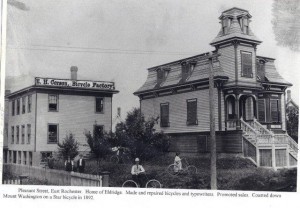 Though it isn’t clear how many cycles Mr. Corson produced from this facility in its day, it is known there was at least a single sample. Frame # 2001 as seen in the images below
Though it isn’t clear how many cycles Mr. Corson produced from this facility in its day, it is known there was at least a single sample. Frame # 2001 as seen in the images below
Here is a couple of pictures of a Corson bike made in 1900 and some others made just yesterday:

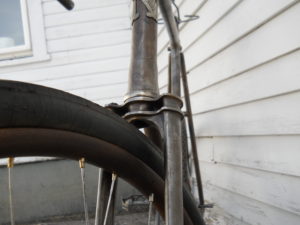
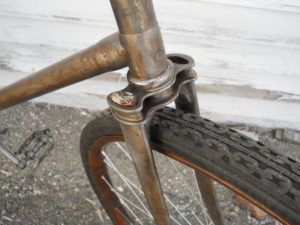
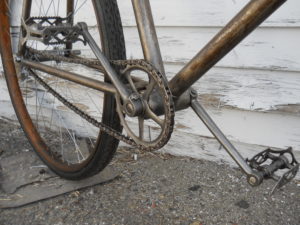
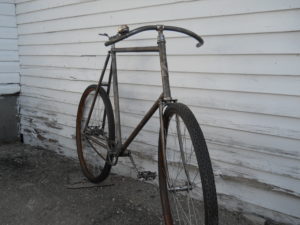
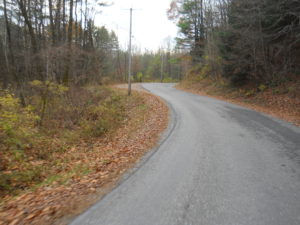
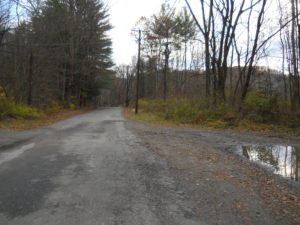
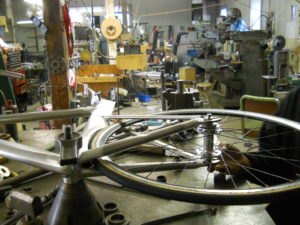
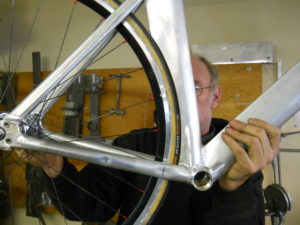
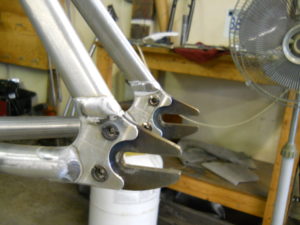
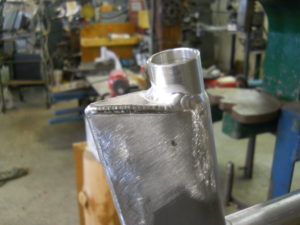
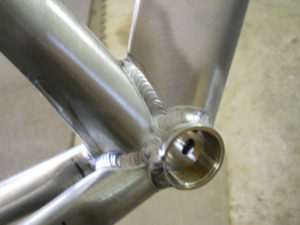
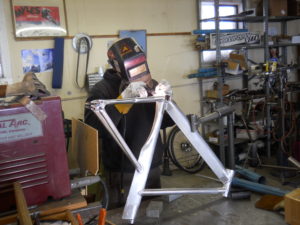
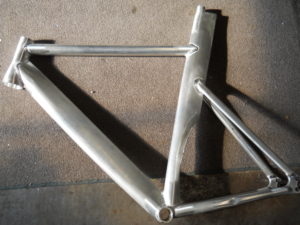
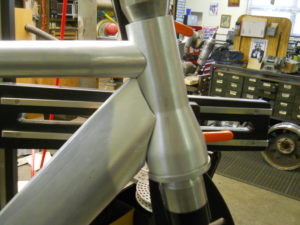
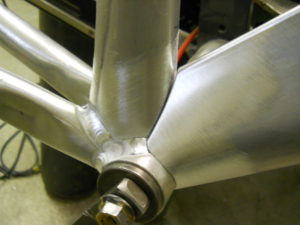
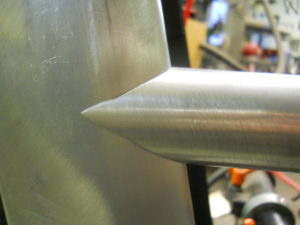
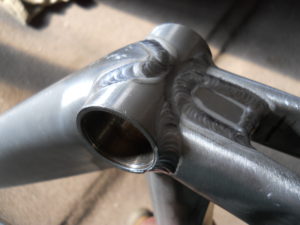
Comments
1900 — No Comments
HTML tags allowed in your comment: <a href="" title=""> <abbr title=""> <acronym title=""> <b> <blockquote cite=""> <cite> <code> <del datetime=""> <em> <i> <q cite=""> <s> <strike> <strong>